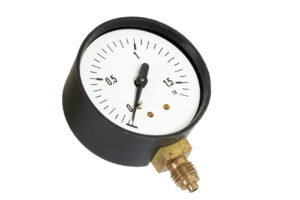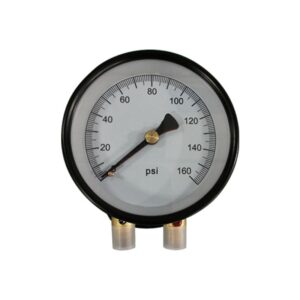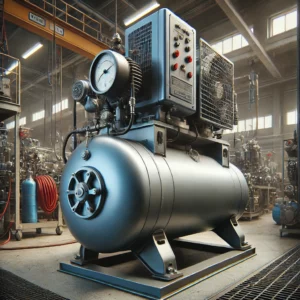The Unmeasured BurdenHow the Pressure Gauge Preys on the MindWe design tools to reduce uncertainty. The pressure gauge, a masterpiece of this endeavour, translates the invisible, chaotic force of a compressed fluid into a clean, numerical certainty. Its glass face and steady needle promise a world governed by order, where safety and efficiency are measured in PSI or bar. Yet, in this very promise lies its most insidious and overlooked function: not as a reliever of pressure, but as a potent source of it.This psychological pressure begins with the tyranny of the range. The gauge is not a judge of absolutes but of relativities. A needle resting comfortably in the green is a sight of profound boredom—which is the instrument’s highest compliment. But the same needle, in the same position, on a different system, becomes an omen of failure. The operator’s anxiety is not triggered by the value itself, but by its deviation from an arbitrary ideal. The gauge, a mere reflector of state, becomes the arbiter of normalcy. It creates the very “abnormal” it is meant to detect, generating a low hum of dread for the moment the needle dares to stray.
Furthermore, the gauge introduces the curse of hyper-awareness. Before its invention, an operator might have relied on aural and tactile cues—the hiss of steam, the vibration of a pipe, a generalized intuition born of experience. These are holistic, albeit imprecise, senses. The gauge replaces this symphony of sensation with a single, stark datapoint. It demands we ignore our own senses and bow to its objective authority. This creates a unique cognitive dissonance: when the gauge reads “safe” but the pipe is screaming, whom do you trust? The machine, or your own lying eyes and ears? The instrument, designed to eliminate doubt, becomes the focal point of a deeper, more philosophical uncertainty.
The most profound pressure, however, comes from the gauge’s silent judgement. It is a perpetual witness. In a control room, it doesn’t just measure system pressure; it measures operator performance. A flick into the red isn’t just a mechanical failure; it is a personal one. It asks silent, accusatory questions: Did you miss a sign? Were you not vigilant enough? The pressure to keep the needle in the green is no longer just about physics; it is about professional competence and blame. The gauge becomes a panopticon, a constant reminder that performance is being quantified, that error is being recorded.
Finally, consider its role in a catastrophic failure. The gauge’s most cruel trick is its finality. In the moments before a rupture, the needle doesn’t just rise; it pins itself against the maximum stop. It reaches the literal limit of its ability to measure the very force it was built to monitor. In its final moment of service, it delivers the ultimate, unhelpful truth: “The pressure is beyond comprehension.” It abandons the operator with a definitive reading that simply means “too late.” The tool built to provide clarity offers a final, terrifying ambiguity.
In the end, the pressure gauge is a paradox. It is a mechanical eye that watches us as intently as we watch it. It offloads the physical pressure of the system only to apply a metaphysical pressure on the human mind. It bears the unmeasured burden of our need for control, proving that the most significant pressure it ever contains is not in the chamber it connects to, but in the anxiety of the person staring back at it, hoping for a stillness that promises another uneventful day.



